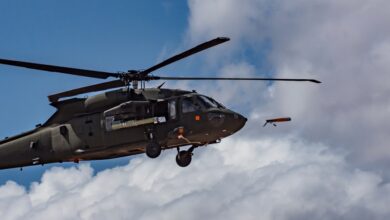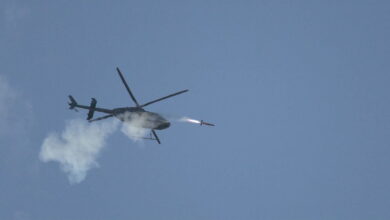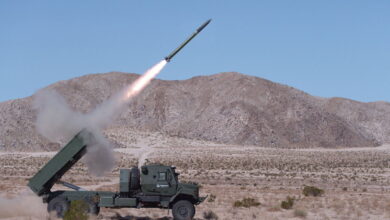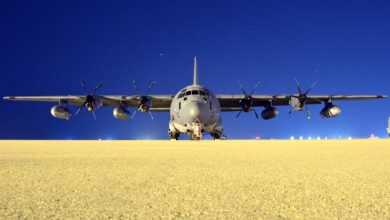US approves sale to UAE of 300 Sidewinder air-to-air missiles
The U.S. State Department approved the sale to the United Arab Emirates of 300 AIM-9X-2 Sidewinder Block II air-to-air missiles along with guidance units, training missiles and other equipment and support for an estimated $270.4 million, a Defense Security Cooperation Agency release said.
The UAE requested the possible sale of 300 AIM-9X-2 Sidewinder Block II missiles, 30 AIM-9X-2 Block II Tactical guidance units, 40 AIM-9X-2 Sidewinder Captive Air Training Missiles (CATMs), 15 AIM-9X-2 CATM guidance units, along with other equipment and services including containers, spares, support equipment, U.S. government and contractor technical assistance, the Thursday, March 8 release said.
The notification of the sale to the U.S. Congress notes that the major defense equipment in the sale – the missiles, training missiles and guidance units – are valued at $240.0 million, while the other equipment and services make up the remaining $30.4 million.
“This potential sale will improve the UAE’s capability to meet current and future threats and provide an enhanced capability for its Air Force,” the release said. “The UAE will use the enhanced capability to strengthen its homeland defense.”
DSCA said the proposed sale will “support the foreign policy and national security objectives of the United States by helping to improve the security of a friendly country which has been, and continues to be, an important force for political stability and economic progress in the Middle East.”
The prime contractor will be Raytheon Missile Systems Company.
The AIM-9 Sidewinder is a short-range air-to-air missile developed during the 1950s and incrementally upgraded ever since.
The AIM-9X entered service with the U.S. Air Force in November 2003 and features an imaging infrared focal-plane array (FPA) seeker and a three-dimensional thrust-vectoring control system giving increased turn capability. It is compatible with the U.S. Joint Helmet Mounted Cueing System helmet-mounted display, meaning that the pilot can direct the missile’s seeker and “lock on” just by looking at a target.
Block II adds Lock-on After Launch via a datalink, meaning the missile can be launched and later directed to a target by a suitably equipped aircraft – such as the F-35 and F-22.
The UAE has not yet purchased the F-35 from the United States, and last year, Sergey Chemezov, CEO of Russia’s Rostec, said the UAE had signed an outline agreement to buy Su-35s and to work with Russia to develop a fifth-generation “brand new fighter” that could enter service by 2025. According to Rostec, the new “light fighter aircraft” is expected to be a variant of the MiG-29.












